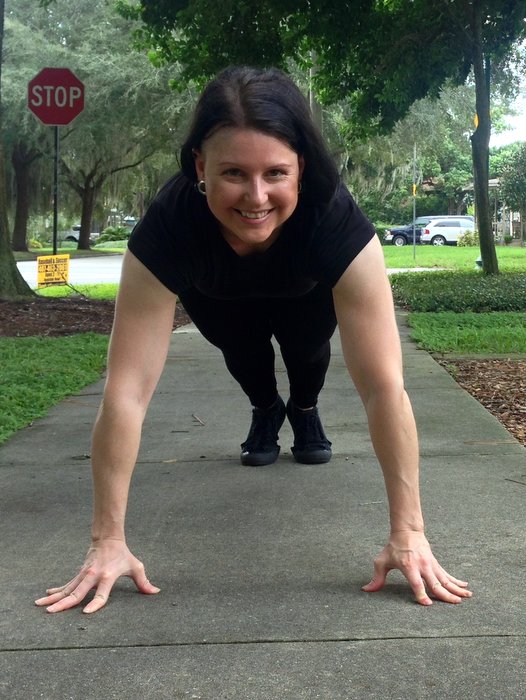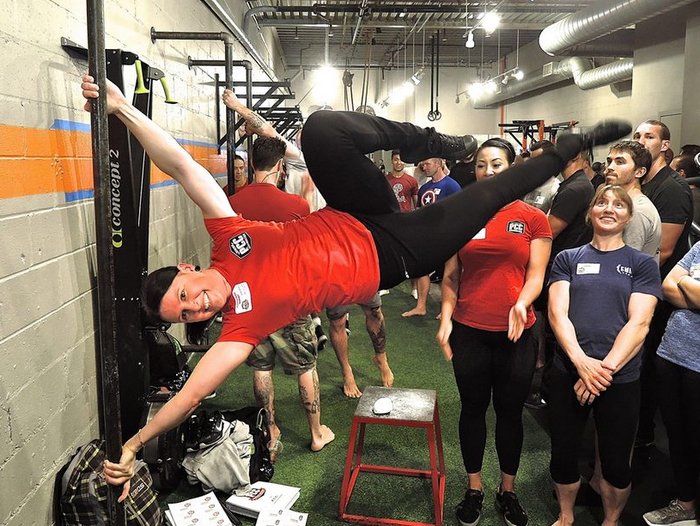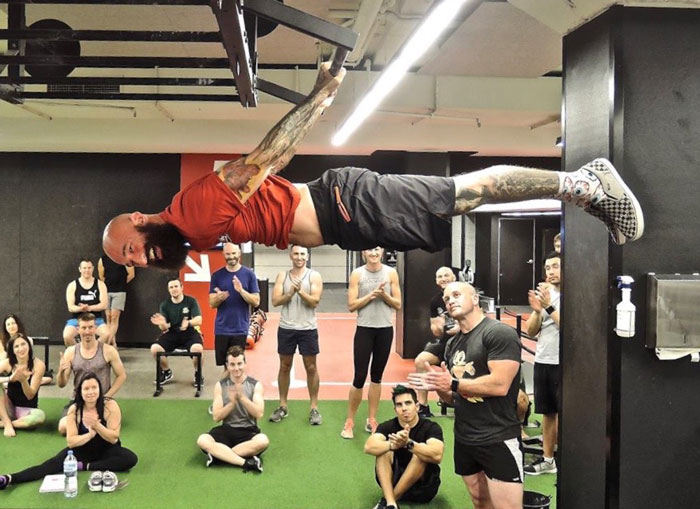
I just flew home from Australia and boy are my arms tired…from teaching the PCC, of course!
Last weekend the Progressive Calisthenics Certification returned to Australia for our first ever event in Sydney, and it was one for the ages!
Attendees traveled from all parts of the continent in order to be part of this incredible event. We had folks from Brisbane, Adelaide, Melbourne and even Perth come to Sydney to partake in progressive push-ups, pull-ups, muscle-ups and more. As usual, there was an eclectic mix of calisthenics enthusiasts including personal trainers, martial artists, yogis, dancers, and many others. The Aussie crowd had amazing energy and PR’s were happening faster than we could keep up with!
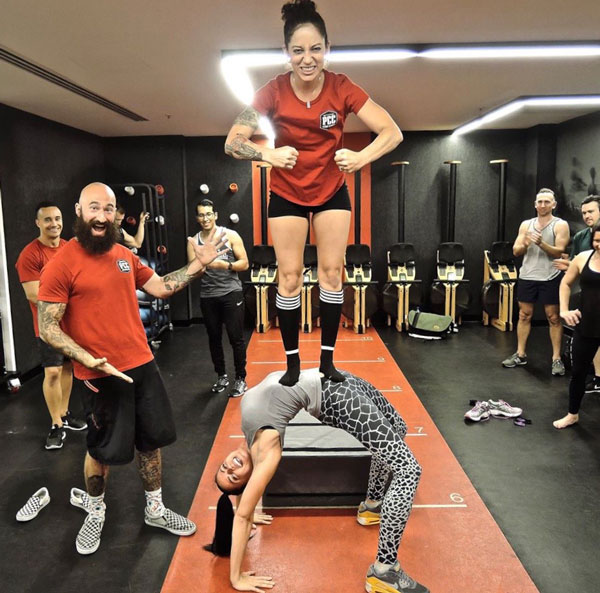
The PCC attracts candidates who love both bodyweight training as well as helping others. Everyone got to do a lot of both throughout the weekend. The egos were left at the door as this group of energetic enthusiasts egged each other on towards unbelievable feats of strength and athleticism. From L-sits, to pistol squats, to muscle-ups, we ran the entire calisthenics compendium, and had a blast doing it.
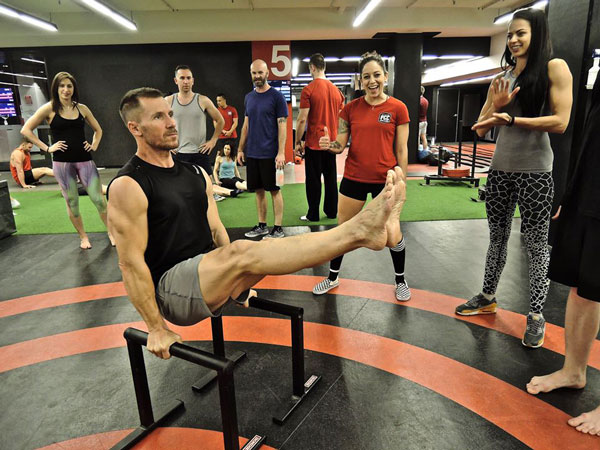
This was Dragon Door’s first time partnering with the Australian Fitness Network to produce an event, and I think it’s safe to say it will not be the last. The progressive calisthenics movement continues to grow in Australia and it just took a giant leap forward! If you missed us this time, keep an eye out for more PCC events down under in the years ahead.
Hey hey hey! We’re Working Out!
-Al

***
Al Kavadlo is the lead instructor for Dragon Door’s Progressive Calisthenics Certification and the author of several books, including Street Workout and Pushing The Limits. For more information visit www.AlKavadlo.com.

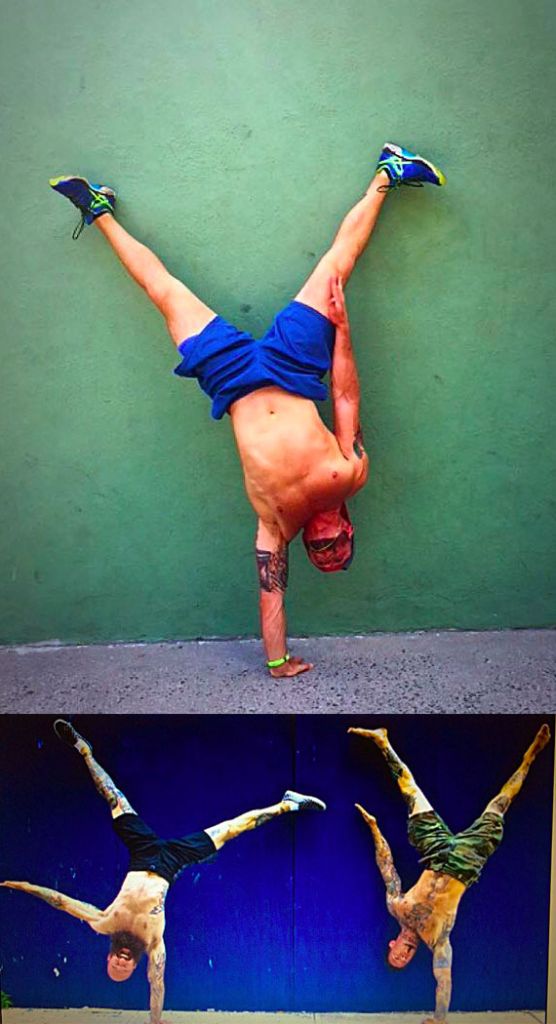
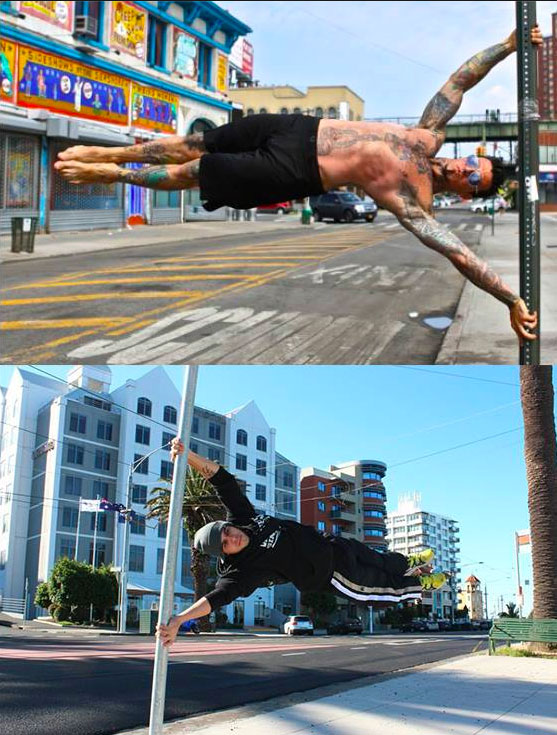
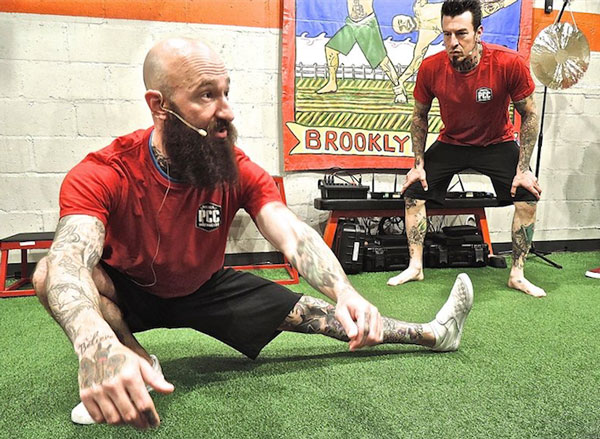

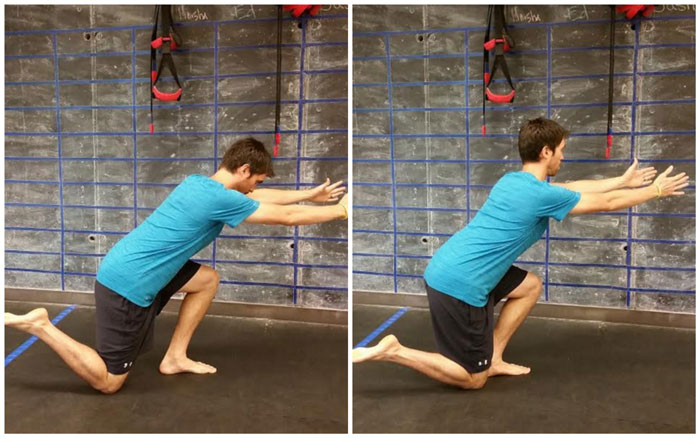
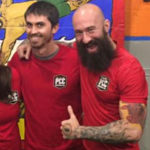 At the end of the day, my goal is to become the best version of myself possible, and to help further others in their own journeys. My hope is that you might take notice of this post and give your own squeaky wheels some grease. Because let’s be honest, we’ve all got them! And don’t forget to keep it simple.
At the end of the day, my goal is to become the best version of myself possible, and to help further others in their own journeys. My hope is that you might take notice of this post and give your own squeaky wheels some grease. Because let’s be honest, we’ve all got them! And don’t forget to keep it simple.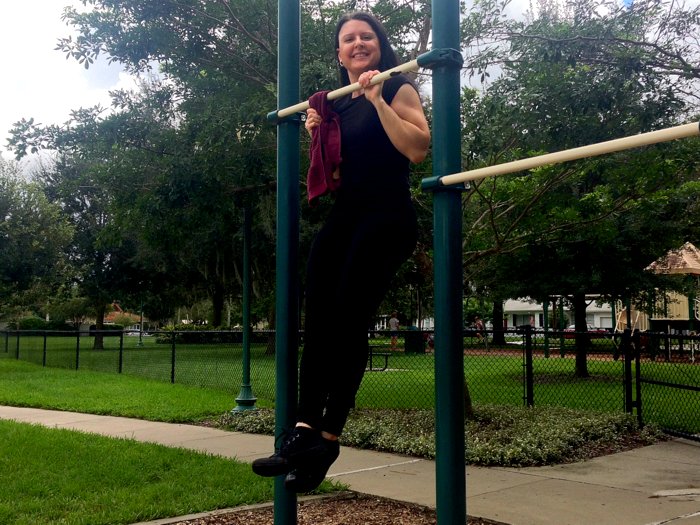


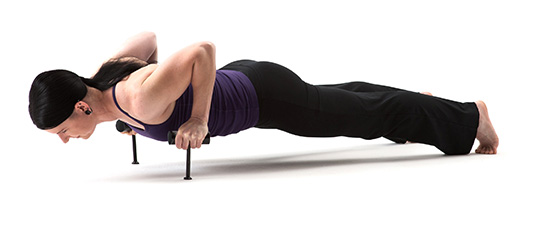 Your Grip = Your Health?
Your Grip = Your Health?